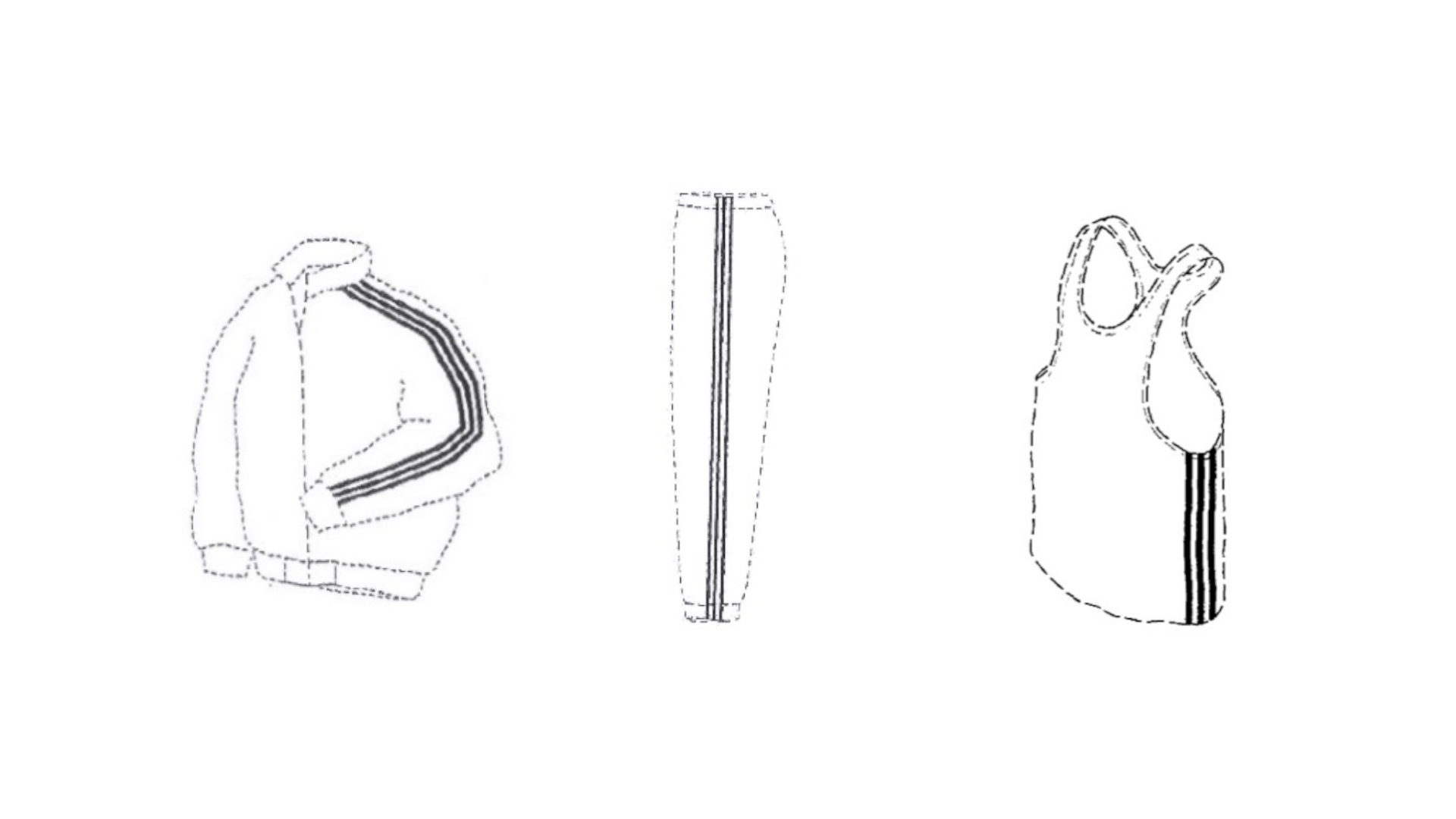Thom Browne Inc v Adidas AG: Court of Appeal upholds invalidity of variable three-stripe marks

Court rejects Adidas appeal over trade marks allowing multiple stripe variations
The Court of Appeal has dismissed Adidas's appeal against the invalidation of six United Kingdom registered trade marks featuring three stripes on clothing, affirming that marks with excessively variable written descriptions fail to meet fundamental registrability requirements.
In Thom Browne Inc & Anor v Adidas AG [2025] EWCA Civ 1340, a three-judge panel comprising Lord Justice Peter Jackson, Lord Justice Arnold, and Lady Justice Falk upheld Mrs Justice Joanna Smith's earlier decision that the trade marks lacked the requisite clarity and precision demanded by section 1(1) of the Trade Marks Act 1994.
The dispute arose from Thom Browne's application for declarations of invalidity concerning 16 Adidas registered trade marks featuring three parallel stripes on articles of clothing, footwear, bags, and hats. At first instance, Smith J declared eight marks invalid on grounds of lack of registrability, whilst the remaining eight survived challenge. The invalidated marks shared a common characteristic: their written descriptions permitted variations extending beyond what was depicted in their pictorial representations.
The contested trade marks featured written descriptions stating that three parallel stripes could appear "running along one third or more of the length" of sleeves, trouser legs, or other garment features. The six invalidated marks comprised three pairs: Tracksuit Top Marks (nos. 588 and 095), Tracksuit Bottom Marks (nos. 661 and 093), and Vest Marks (nos. 612 and 092).

Adidas maintained that the pictorial representations were merely non-limiting examples of the broader scope claimed in the written descriptions. This position proved fatal to the registrations.
Arnold LJ, delivering the leading judgement, systematically addressed Adidas's four grounds of appeal. The first ground challenged whether the judge erred in law by requiring variations to be depicted pictorially. The Court clarified that whilst depiction of all variations is not invariably necessary, the extent of undepicted variations remains a highly relevant factor in assessing whether a registration constitutes a single sign or an impermissible multiplicity of signs.
The second ground contested the judge's interpretation that the written descriptions could encompass stripes positioned anywhere along a sleeve's circumference, potentially including the underside. Even assuming error on this specific point, Arnold LJ held any such mistake immaterial to the essential reasoning. The written descriptions' breadth meant stripes could be forward-facing, sideways, or rearwards-facing, creating precisely the kind of multiplicity that undermines registrability.
Adidas's third ground attacked the judge's treatment of the "one third or more" language, arguing inconsistency in finding the words clear yet their practical effect unclear. The Court rejected this criticism, holding that words clear in themselves may nevertheless create ambiguity regarding the subject-matter of registration, particularly when written descriptions extend more broadly than accompanying pictorial representations. Such ambiguity confers an unfair competitive advantage on proprietors.
The fourth ground alleged insufficient consideration of whether visual differences would impact the origin message conveyed. This too failed, with Arnold LJ noting that the judge explicitly considered this issue, rejecting Adidas's contention that the relevant public would invariably "see the same mark" regardless of variations.
Adidas sought to rely on evidence of acquired distinctiveness as a "cross-check" on the judge's conclusions. The Court firmly rejected this approach, holding that whether something qualifies as a trade mark within the legislative definition is logically anterior to questions of distinctive character. The evidence neither illuminated how the relevant public would understand the written descriptions nor demonstrated that all variations conveyed consistent origin messages.
The Court gave limited weight to favourable decisions from the EUIPO Cancellation Division and the District Court of The Hague, particularly given the Board of Appeal's subsequent disagreement with the Cancellation Division's reasoning.
Lady Justice Falk added that the judge's conclusion was "hardly surprising" given the range of variations illustrated in the Cancellation Division's materials. Position marks derive distinctive character at least partly from their positioning; where position remains unspecified, registrability requirements may well fail.
The decision reinforces that trade mark registrations must achieve genuine clarity and precision, not merely superficial linguistic clarity. Proprietors seeking protection for marks capable of variation must either register series marks depicting specific variations or draft written descriptions that genuinely correspond to their pictorial representations.
